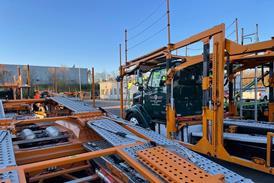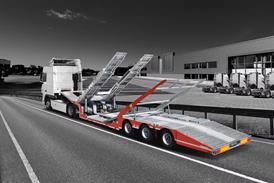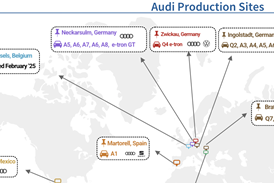All North America articles – Page 28
-
 Feature
FeatureNorth American vehicle ports: versatile through the year of the virus
Regional closures and varying rates of recovery have seen a slight shift in the records of throughput at North America’s main vehicle handling ports, most notably with the Mexican port of Veracruz losing ground to Baltimore for the first time in six years.
-
 Feature
FeatureAL FVL Summer 2021 Digital Edition – Gearing up the supply chain for sustainable growth
The summer digital edition of Automotive Logistics and Finished Vehicle Logistics magazine is out now features interviews with Ford and VW, as well as an overview of activity at the North American vehicle handling ports
-
 News
NewsToyota chooses network optimisation tool from Agillence
Toyota has started using a software tool from optimisation expert Agillence to plan its inbound and service parts logistics networks
-
 News
NewsBack in Detroit for Automotive Logistics and Supply Chain Global
The Automotive Logistics and Supply Chain Global conference will be back in its old home of Detroit this fall, giving a new impetus to this year’s theme Accelerating Stronger Together.
-
 News
NewsMarc Brazeau leaves logistics role at Stellantis
Marc Brazeau (pictured) has left his role as head of logistics at Stellantis where he was responsible for FCA US vehicle transport activities and other North American and worldwide logistics management. He has taken up another position as vice-president of global logistics and distribution at Constellation Brands
-
 Feature
FeatureNow is the time to invest in sustainable port infrastructure
Ports are the gateway to supply chain recovery and growth for the North American automotive industry, and officials from the US Maritime Administration, Kuehne + Nagel and the American Association of Port Authorities see opportunity to strong returns on investment in capacity, transport links and digitalisation.
-
 Feature
FeatureProtecting vehicle delivery quality, sustainably
Prevention is better than the cure when it comes to vehicle damage and insurance. Experts from ABI Tape, Trinity Rail and Horizon Auto Logistics discuss key strategies and data to maintain quality across North American vehicle logistics.
-
 Feature
FeatureDealing in low inventory: why dealers need maximum pipeline visibility
Brion Stapp explains how his Toyota dealership is adapting through Covid and supply chain disruption, and why vehicle logistics visibility will be so important to changing customer expectations and online sales strategies.
-
 Feature
FeatureUS dealers are holding a winning hand – but must pivot in a fast-changing market
Patrick Manzi, chief economist at the National Automobile Dealers Association, predicts heady growth for vehicle retailers. But they will need support from OEMs and vehicle logistics experts to manage disruption and prepare for changes in the market.
-
 Feature
FeatureCarbon reduction emerges as an important KPI for vehicle logistics
As OEMs like Volkswagen Group pursue ambitious emission reduction targets, vehicle logistics managers and logistics providers must balance lower emissions with other KPIs including lead time and cost.
-
 Feature
FeatureUS used vehicle demand brings innovation and opportunity to vehicle logistics
Strong demand for used vehicles, low inventory and rising prices are putting more importance on innovative vehicle logistics and distribution, with remarketing and auction retailers looking to carriers for solutions. Experts from Manheim Logistics, Glovis and ACERTUS share insights on succeeding in a hot market.
-
 Feature
FeatureHow Renault and Horizon Auto Logistics made lead and cost savings in the Mexican logistics network
Alfredo Riquelme from Renault explains how the OEM worked with Horizon to join up data across vehicle distribution and helped improve performance and increase market share in Mexico.
-
 Feature
FeatureThe path to predictive analytics for vehicle logistics: Nissan’s data-driven transformation
Nissan’s Steve Jernigan, along with IT experts from Proact and ICL, explain best practice for developing truly data-driven vehicle logistics across North America and beyond.
-
 Feature
FeatureNorth American vehicle production outlook – keeping up with disruption
The US automotive market is bouncing back but faces further constraints in the supply chain, while OEMs are investing in an increasingly diverse powertrain and model mix. AutoForecast Solutions’s Joe McCabe analyses the risks and opportunities.
-
 Feature
FeatureGetting North American rail back on track for vehicle logistics
North American rail is critical to lead time and sustainability objectives for vehicle logistics, but the sector is in need of further investment for flexibility, electrification and network management.
-
 Feature
FeatureDelivering electric vehicles in America: charging ahead with a heavy load
EV sales are on the rise in the US, and with that new logistics considerations for vehicle weight, charging infrastructure and services. Experts from Lucid, Glovis and the American Trucking Association discuss how best to prepare.
-
 Feature
FeatureOEMs accelerate use of existing digital tools to manage vehicle logistics disruption
Nissan vehicle logistics manager Ryan Purman explains how the OEM is changing paradigms for vehicle logistics in the US, and Inform’s Dan Gosson points to opportunities in telematics and artificial intelligence.
-
 Feature
FeatureCan North American vehicle logistics ports get past Industry 3.0?
There are growing capacity demands on ports but many OEMs, processors and logistics carriers depend on manual processes. Volkswagen’s Michael D’Angelo doesn’t think it needs to be that way.
-
 Feature
FeatureCross the plains and rugged mountains
Canadian Pacific has been increasing its investment in compound and track infrastructure to support growing automotive business despite the disruption caused by the coronavirus and looks set to continue its reach across the US and Canada
-
 News
NewsData key to collaboration in an era of disruption
Nissan is already out in front when it comes to the digital transformation of the outbound supply chain and improving communication with logistics partners to make the delivery of vehicle more efficient in the face of increasingly frequent disruption
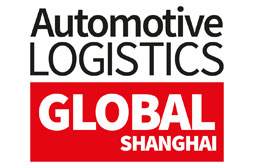



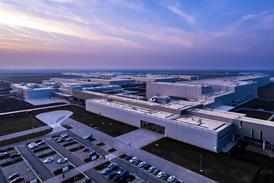
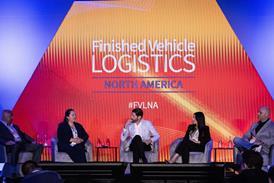
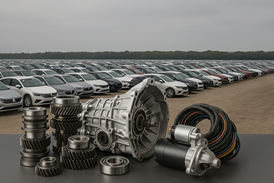

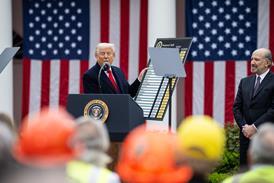
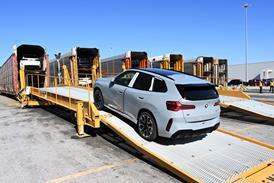




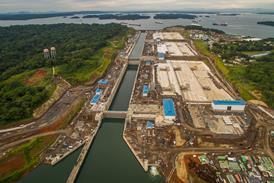








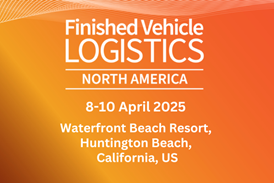
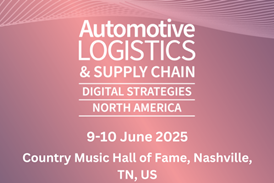
![Global[1]](https://d3n5uof8vony13.cloudfront.net/Pictures/web/a/d/s/global1_726550.svgz)
